Science and Church
There were two theories on the relative movement between the earth and the sun. One theory is that the sun orbits around the earth (“geocentrism”) and the other theory is that the earth orbits around the sun (“heliocentrism”). For a long time we were told that the Catholic Church rejected heliocentrism because it put theology doctrines above the discoveries of scientists such as Nicolaus Copernicus and Galileo Galilei. One example is a book written by John William Draper in 1880 CE titled "History of the Conflict Between Religion and Science." Below are the relevant paragraphs from his book (the first sentence is "The two rival divisions of the Christian Church -- Protestant and Catholic -- were thus in accord on one point: to tolerate no science except such as they considered to be agreeable to the Scriptures"):
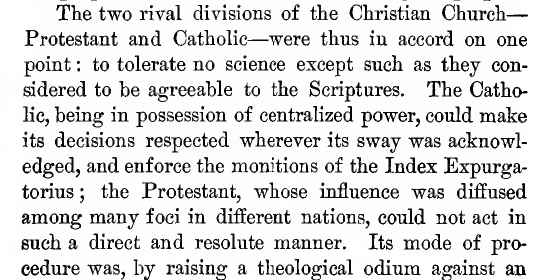
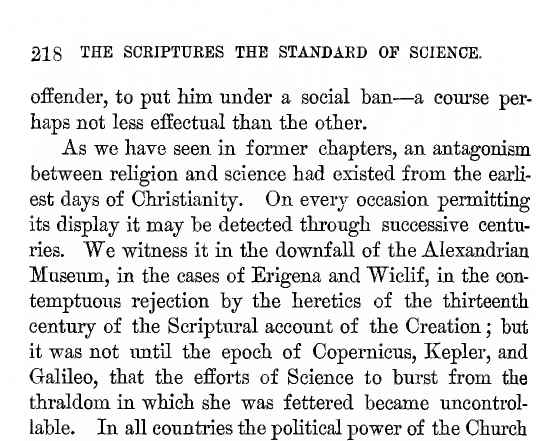
Is the public perception correct?
Let us find out whether the sun or the earth moves based on our personal observations.
First, from anywhere on earth, the sun appears to revolve around the earth once per day. While the moon and the planets have their own motions, they also appear to revolve around the earth about once per day. The stars appear to be fixed on a celestial sphere rotating once each day about an axis through the geographic poles of the earth.
Second, the earth seems to be unmoving; it feels solid, stable, and stationary. There is nothing in our personal experience that it is moving.
All these point to a stationary earth and the sun, stars, planets, and moon orbiting around the earth (geocentrism). Below is a diagram of geocentrism:
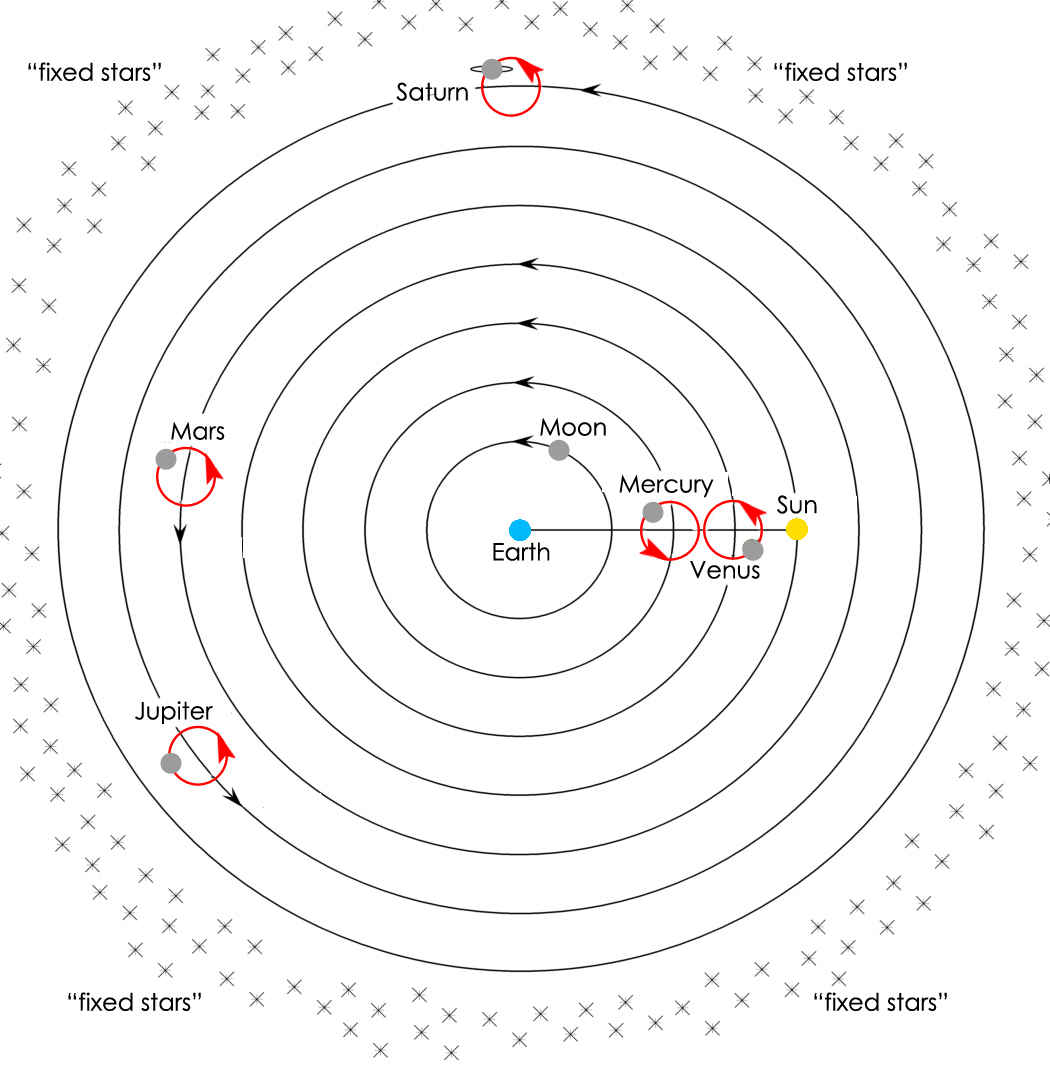
Ancient people also pondered the same question. In ancient Greek, some believed in geocentrism and others believed in heliocentrism. If you are interested in learning how much the Greek knew about astronomy (they knew a lot; for example, their estimation of the diameter of the earth was 7,850 miles, which is very close to the current estimate of about 7,917.5 miles)), you can read this book: The Copernicus of Antiquity (Aristarchus of Samos).
Around 150 CE Ptolemy, a Roman Greek, put forth strong arguments for a geocentric model. In his model, the earth is stationary while the stars, sun, planets and moon orbit around the earth. In addition, the planets also do “epicycles”, i.e., move in small circles while orbiting the earth. This model could explain all celestial movements as seen by our eyes, such as retrograde ( planets seem to move backward among the stars). Ptolemy settled the question and people in Europe believed in it for over 1,000 years.
Around 1500 CE Nicolaus Copernicus (1473-1543), a person born in the province of Royal Prussia in the Kingdom of Poland, introduced to Europe a heliocentric model similar to one originally proposed by the ancient Greeks. Only a small number of people at that time believed him. One of them was Galileo Galilei (1564-1642), who was subjected to the Inquisition by the Catholic Church and put under house arrest by Pope Urban VIII for the rest of Galileo's life. The Catholic Church also declared heliocentrism false and its teaching banned. Today many people believe that the rejection of heliocentrism during Galileo's time was a triumph of religious ideology over science. Below is a painting showing Copernicus:
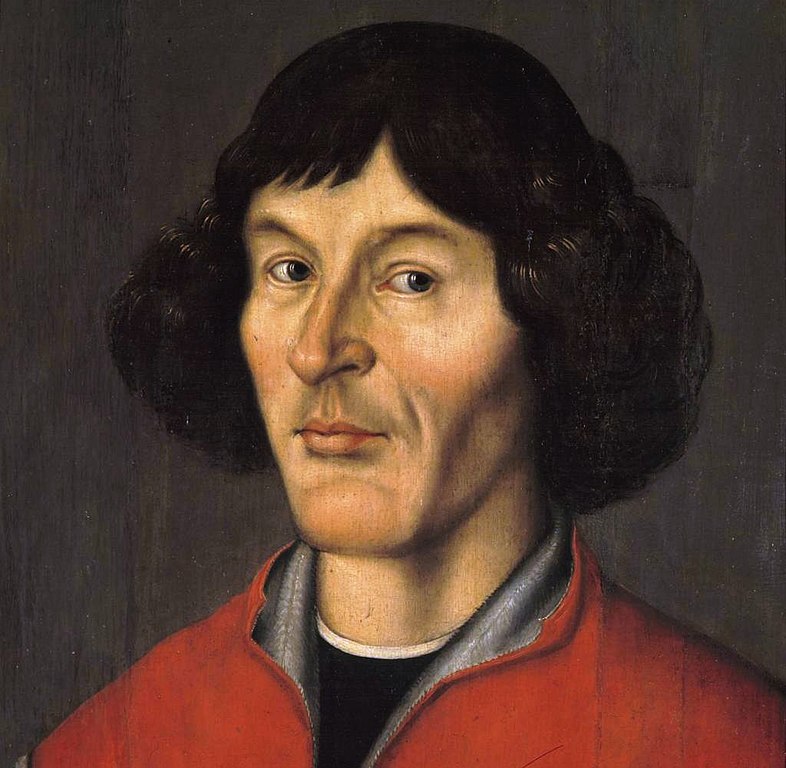
The reality is that many people, including scientists, did not believe in heliocentrism at that time -- there was not sufficient evidence to counter our everyday experience of a stationary earth. In 1651 an Italian astronomer Giovanni Battista Riccioli (1598-1671) published a massive 1,500 pages treatise on astronomy titled “Almagestum Novum.” Riccioli listed 126 arguments for and against the Copernican model (49 for, 77 against). Most of the arguments were scientific. These include arguments based on telescopic observations of stars and the inability to detect what is known today as the "Coriolis effect." In the end, Riccioli decided against the Copernican model.
Recently Professor Christopher Graney and his colleague translated Riccioli's Almagestum Novum. He provided a synopsis of Riccioli's 126 arguments concerning the motion of the earth and sun. You can download a copy of Graney's synopsis here.
This is a video of an interview of Professor Graney on this and related topics.
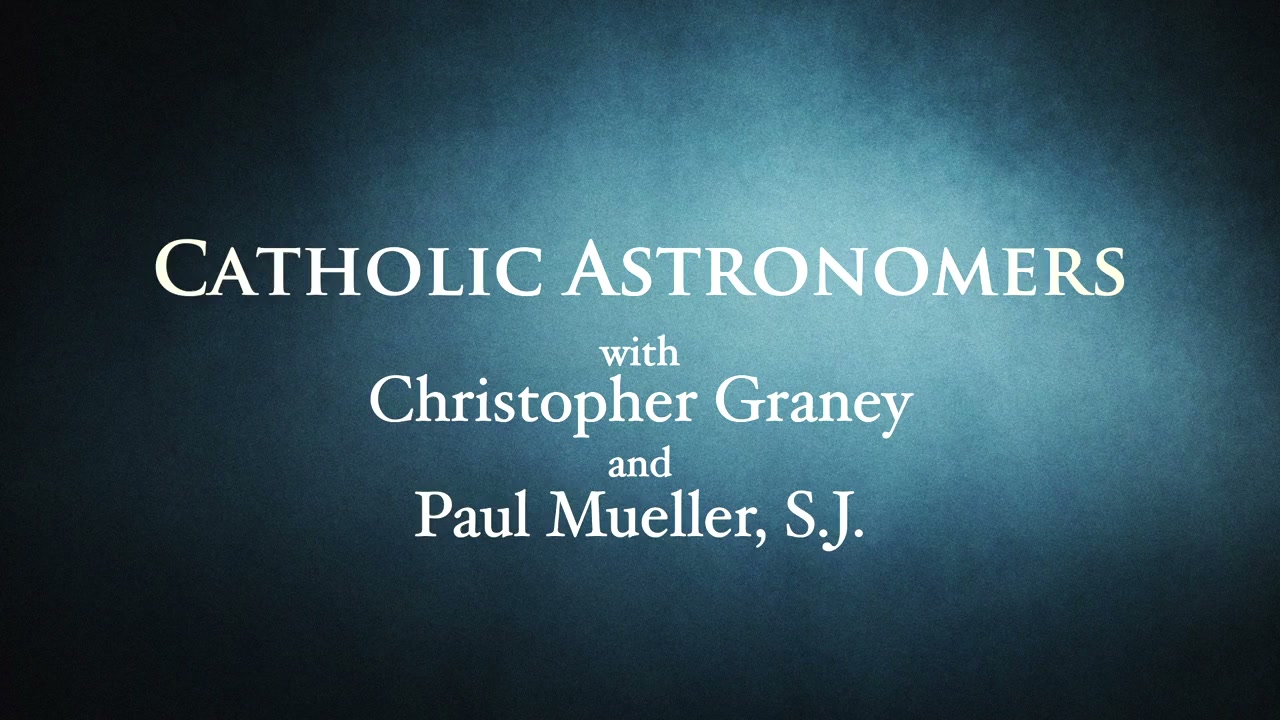
Scientific evidence developed slowly. It was not until the 18th century that we had good evidence to support heliocentrism. We look at two pieces of evidence:
(1) Copernicus postulated that the earth is rotating around a north-south polar axis. This means that the rotational speed at the equator (about 1,600 kilometer per hour) is much faster than the speed at the poles (almost zero). If a person standing near north pole throws a ball to another person near the equator, the ball will be deflected as shown in the diagram below.
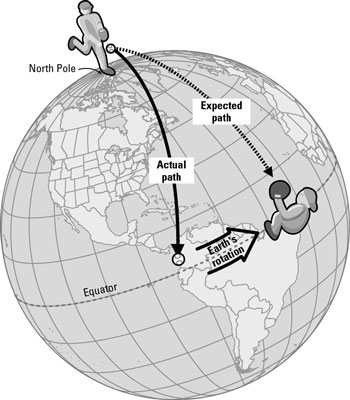
Riccioli did fire cannons and wanted to detect the deflection. He failed. This is one of the reasons Riccioli argued against heliocentrism.
The problem with Riccioli’s experiment was that the deflection was beyond the capability of the instruments at that time. The deflection does occur in atmospheric winds and weather patterns, which was explained based on the calculation of a French scientist Gaspard-Gustave de Coriolis (1792-1843). Today it is called the Coriolis effect in honor of him.
(2) If the earth is orbiting the sun, astronomers should be able to observed an effect known as “parallax.” It is the apparent shift of position of a distant object when the position of an observer changed. As shown in the diagram below, the apparent position of a distant star should change as the position of the earth changes from one end of the orbit (e.g., in December) to another end (e.g., June).
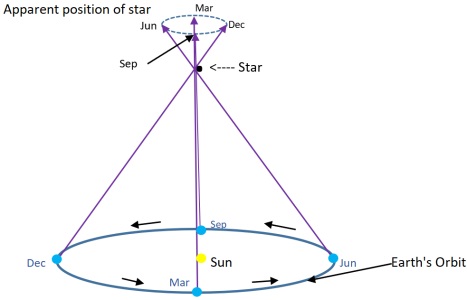
Astronomers at that time used the best telescopes to observe parallax of the stars (stellar parallax). But the position of the stars appeared to be unchanged. This is another reason people at that time, such as Riccioli, were skeptical of heliocentrism.
Stellar parallax is so difficult to detect that its existence was the subject of much debate in astronomy for hundreds of years. It was finally conclusively detected by experiments carried out in 1832-1838.
So, what we were told about historic events may not be entirely true.